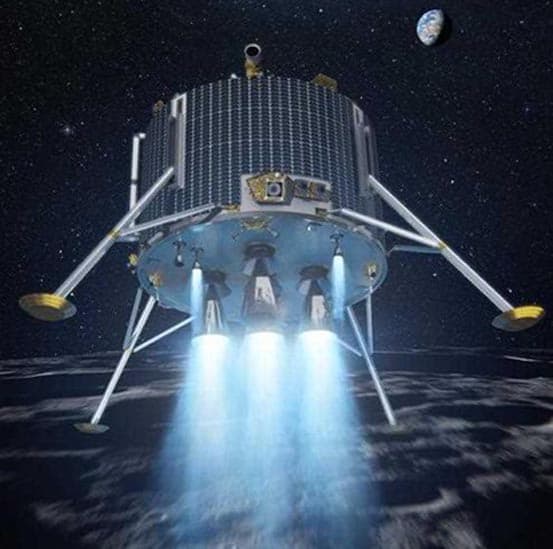
Named PILOT (Precise and Intelligent Landing using Onboard Technologies), the system is an autonomous autopilot that will guide the robotic lander into a safe landing spot on the lunar surface.
Luna-Resource is Russia’s first lunar lander since 1976, and is designed to survey the effects of solar wind on the moon’s surface and determine the composition of lunar soil. Carrying cameras, UV and IR spectrometers, and a mass spectrometer to analyse samples taken by a robotic arm, it will also look for the presence of water.
Airbus signed the agreement with the Russian space agency Roscosmos at last week's Berlin Air show. Teams based in Bremen and Toulouse will work on PILOT, which will use both autonomous navigation and hazard detection and avoidance systems, similar to those used on conventional UAVs. It is intended to operate in the last moments of the lander’s descent.
“PILOT builds upon Airbus Defence and Space’s experience in Moon exploration and visual navigation, and is a key addition to our portfolio of exploration activities focusing on the Moon," said François Auque, head of Space Systems. “By leading activities on PILOT, the Orion spacecraft, the Lunar Polar Sample Return Study, and architectural Moon exploration scenario studies, our teams are key partners supporting ESA’s exploration of lunar space and the Moon’s surface."




Project to investigate hybrid approach to titanium manufacturing
What is this a hybrid of? Superplastic forming tends to be performed slowly as otherwise the behaviour is the hot creep that typifies hot...